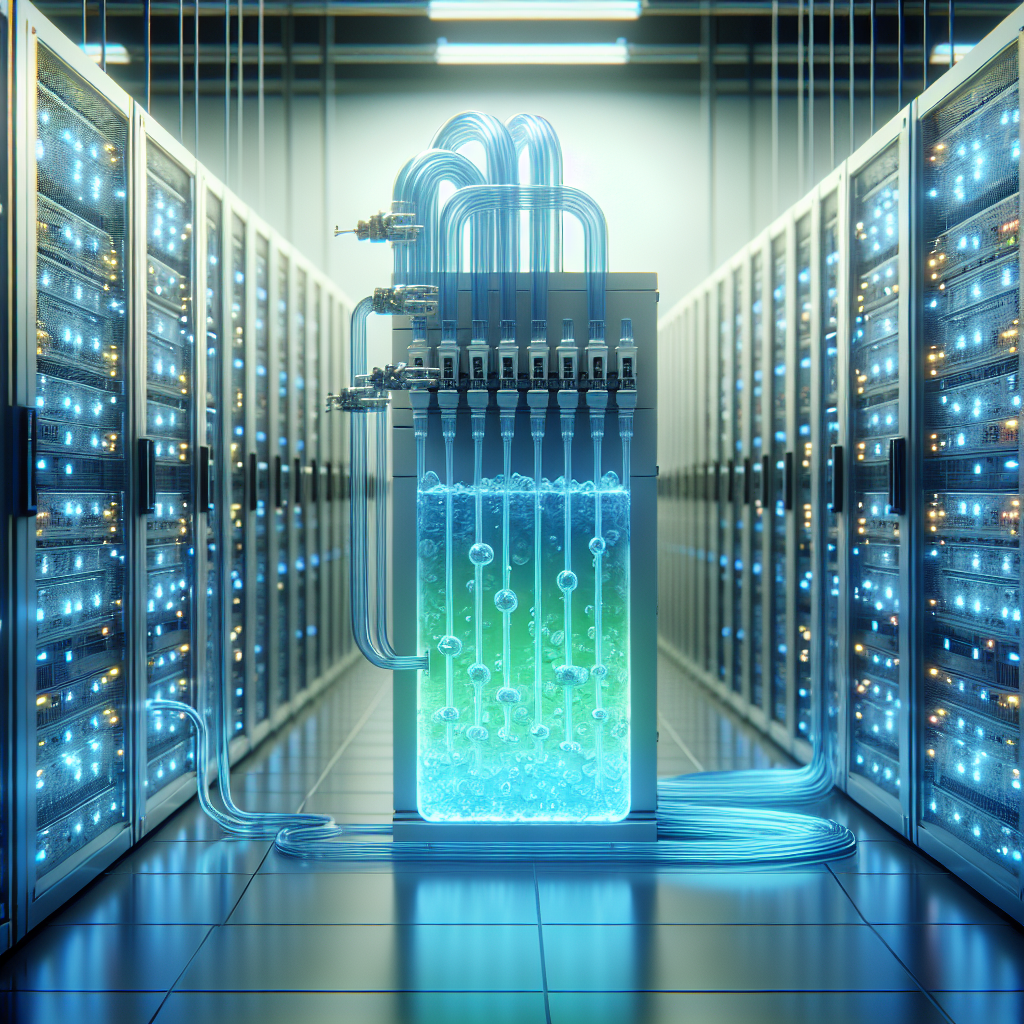Your cart is currently empty!
The Role of Liquid Cooling in Data Centers

Data centers are an essential component of today’s digital world, serving as the backbone for storing and processing vast amounts of information. As the demand for data storage and processing continues to grow, data centers are constantly being upgraded and expanded to accommodate this increasing need. One crucial aspect of data center infrastructure is cooling, as the high-powered servers and equipment generate a significant amount of heat.
Liquid cooling has emerged as an effective solution for managing the heat generated by data center equipment. Traditional air cooling systems are limited in their ability to dissipate heat efficiently, especially in large-scale data centers with densely packed servers. Liquid cooling, on the other hand, offers a more efficient and effective way to remove heat from server equipment.
Liquid cooling systems work by circulating a coolant, such as water or a specialized liquid, through a network of pipes or channels that are in direct contact with the heat-generating components of the servers. This coolant absorbs the heat and carries it away from the equipment, where it can be dissipated through a heat exchanger or cooling tower. By directly cooling the components that generate the most heat, liquid cooling systems can achieve higher levels of thermal efficiency compared to air cooling systems.
One of the main advantages of liquid cooling in data centers is its ability to handle higher power densities. As server equipment becomes more powerful and energy-efficient, it also generates more heat. Liquid cooling systems can effectively manage this increased heat load, allowing data center operators to maximize the performance of their equipment without risking overheating or thermal throttling.
Liquid cooling also offers greater flexibility in data center design and layout. Unlike air cooling systems, which require large ducts and vents to circulate cool air throughout the facility, liquid cooling systems can be more compact and easily integrated into existing server racks or cabinets. This allows data center operators to optimize space utilization and improve airflow within the facility.
Furthermore, liquid cooling systems are also more environmentally friendly than traditional air cooling systems. By using water or other coolants to remove heat from server equipment, data centers can reduce their overall energy consumption and carbon footprint. In addition, liquid cooling systems can be integrated with renewable energy sources, such as solar or geothermal power, to further reduce their environmental impact.
In conclusion, liquid cooling plays a crucial role in the operation and efficiency of modern data centers. By effectively managing heat generated by server equipment, liquid cooling systems help data center operators optimize performance, improve energy efficiency, and reduce environmental impact. As data centers continue to evolve and expand, liquid cooling will remain a vital technology for maintaining the reliability and sustainability of these critical facilities.

Leave a Reply